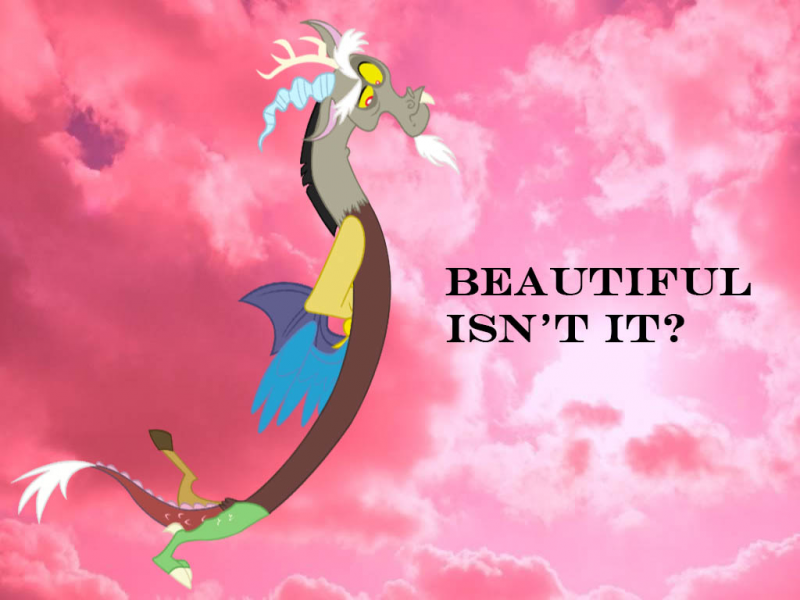by Richard Pimentel
No doubt, Monty Python’s Monty Python and the Holy Grail is one of the funniest movies of all time. The entire cast of Monty Python is certainly one of the funniest comedy casts ever assembled. Who can resist laughing with the famous skit, “The Cheese Shop” or the Knights who say “NI!” and the maniacal rabbit in the “Holy Grail”? Come on, who does not double over when the French guards taunt King Arthur or when the peasant reprimands “King who?” with a speech on political systems? Well, for one, my wife does not find it funny whatsoever. I do not understand this. One of the funniest scripts ever written and performed and she does not find it funny. I have met others who do not find it funny. How can this be? Monty Python’s comedy is a piece of art.
Considering greatest albums of all-time, Much Afraid from Jars of Clay, Anybody Out There? by Burlap to Cashmere, The End of Silence by The Rollins Band, Dark Side of the Moon by Pink Floyd, And Justice for All by Metallica, The Joshua Tree by U2 would be my picks, among others. However, there are plenty of people who would reject this list, particularly the heavy metal band. Although heavy metal has its fans, it also has plenty of detractors. Nonetheless, every album on this list is an instance of art. Again, I ask, how can it be that others do not consider these albums works of art but I do?
There must be something about the comedy of Monty Python and the music of The Rollins Band or Burlap to Cashmere that makes it worthy to be deemed art by some but not by others. The field of aesthetics, one of the branches of modern philosophy, explores this issue among others. Art forms like films, music, books, paintings, sculptures, fashion, culinary arts, dance impact our lives daily and this is partly why questions like the ones I raise above are worth exploring. Everyday, many of us watch films and TV shows, listen to music, read books, ponder fashion. But, how many of us have thought about what makes something worthy of the label “art?” When someone refers to a sublime dish or a spectacular film or an awesome drum solo, that person believes that it is worthy to be deemed art partly because they believe it is beautiful in some specific way. While the term beauty may be even more ambiguous (or, at the very least, subjective) than the term art, most of us have a sense of the beautiful even if we can’t define it.
With the advent of telecommunications along with other technological advances, art is more accessible than ever. This accessibility has increased the importance of aesthetics because the exposure to what is being called art has increased dramatically. Important concepts in aesthetics such as beauty, art, taste, aesthetic judgment, and aesthetic dimension take on a larger role in our lives. Specifically, the aesthetic judgment focuses on the evaluations that people make about art forms. For instance, the remarks made in the opening paragraph about Monty Python and the Holy Grail are aesthetic judgments. I enjoy the comedy in this film as a type of art because it draws out the humor of life’s themes that we generally take so seriously. The aesthetic dimension of life not only involves the observance and creation of art forms but also involves the observance of various events and places such as the majestic mountains, lush valleys, roaring oceans, the birth of a child, and a marriage. The observance of these beautiful sceneries and events inspire man to create the various art forms mentioned.
Tom Morris, former professor of philosophy at Notre Dame and founder of the Morris Institute for Human Values, has been very successful at popularizing philosophy and making its difficult concepts understandable. He was a very popular professor at Notre Dame because he attempted to make his philosophy classes fun and exciting. Regarding the topic of beauty, Morris has contributed great insight into this topic. Not only has he written about beauty but he has also led business seminars in which he has discussed the theoretical and practical importance of beauty and the importance of the aesthetic dimension of life. Morris has written about ideas that pertain to the questions asked in this article. In his book, Philosophy for Dummies, Morris writes, “Beauty ranges over very different sorts of things and actions. But one aspect is constant. Beauty always inspires…Beauty lifts our hearts and minds. It elevates the emotions and the attitudes.” With this in mind, we gain some insight into how it can be that I deem “The Holy Grail” and Metallica’s music to be beautiful pieces of art while my wife deems them otherwise. Or maybe not! Morris argues that “an experience of beauty involves an objective reality with the right qualities, but it also involves a subjective receptivity…But beauty is not, at bottom, a relativistic phenomenon.” In other words, when I say, “Fred thinks that Bluegrass music is beautiful”, this statement describes an objective reality – people playing music that produces a group of sounds that are recognized as Bluegrass. Fred perceives this reality and then his subjective receptivity (the ability to receive impressions or ideas, particularly those from our senses) grabs hold of the music and factors such as taste, cultural upbringing, worldviews, and the like helps Fred determine if Bluegrass music is beautiful.
This might not be the best technical description of Fred’s aesthetic values but it is a start. It may not be the best answer to the questions that have been posed but undergoing the process is vital. The key is that people need to examine these aesthetic concepts and see how they apply to our appreciation of the things we judge to be artful. This does not mean that you need to be well versed in Aristotelian and Kantian aesthetics but it does mean that it is a worthy investment to evaluate our aesthetic evaluations. The aesthetic dimension of our lives is important to our human experience. Think of it this way: how many people do you know that pay a lot of money for concert and theater tickets, books, cable TV, and travel to beautiful locations? Why do so many people spend so much money on things that are not as important as other endeavors such as charitable giving? Part of the reason, I suspect, is that all people want to experience beauty and perhaps even need to experience beauty. This does not mean that one should spend on entertainment at the expense of helping those in need nor does this mean that spending on anything deemed to be a form of entertainment helps one to experience beauty. However, it does mean that the experience of beauty is universal and important to mankind.








/Mary-Wollstonecraft-x-162279570-56aa24f45f9b58b7d000fc2b.jpg)
